Why Genuine Leather Boots are a Timeless Fashion Staple When it comes to footwear, there is something undeniably timeless and captivating about genuine leather boots for women. Not only are they a fashionable statement piece, but they also exude a sense of durability, comfort, and unmatched craftsmanship. Whether you’re looking for a classic pair of ankle boots, sleek knee-highs, or rugged combat boots, genuine leather options provide a level of elegance that synthetic materials simply can’t replicate. In this comprehensive guide, we will explore everything you need to know about genuine leather boots for women, from the different types of leather to care tips and styling ideas. Get ready to step up your footwear game with these luxurious and enduring boots. 1. What Sets Genuine Leather Boots Apart from Synthetic Alternatives? When it comes to footwear, genuine leather boots offer several advantages over their synthetic counterparts. Firstly, the natural properties of leather make it breathable, allowing your feet to stay comfortable throughout the day.
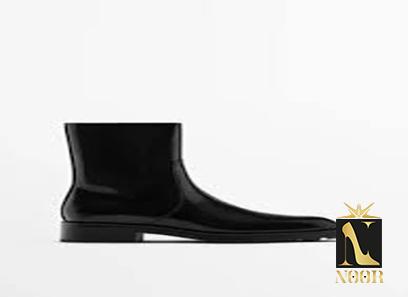
.
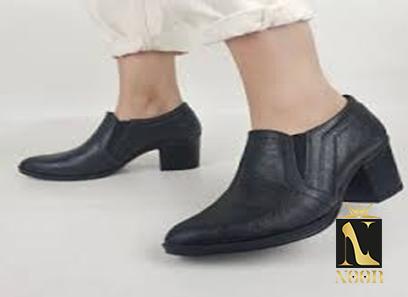 Unlike synthetic materials, leather molds to the shape of your feet, ensuring a perfect fit that improves with time, while also offering excellent insulation during colder months. Moreover, genuine leather boots are known for their durability, resisting wear and tear better than synthetic materials. With proper care and maintenance, a pair of leather boots can last you several seasons, if not a lifetime. 2. Types of Leather Used in Women’s Boots Not all leather is created equal, and understanding the different types can help you make informed decisions when purchasing genuine leather boots. Here are some of the most popular types used in women’s footwear: a. Full-Grain Leather: Considered the highest quality, full-grain leather is derived from the top layer of the hide, retaining the natural markings and character of the animal.
Unlike synthetic materials, leather molds to the shape of your feet, ensuring a perfect fit that improves with time, while also offering excellent insulation during colder months. Moreover, genuine leather boots are known for their durability, resisting wear and tear better than synthetic materials. With proper care and maintenance, a pair of leather boots can last you several seasons, if not a lifetime. 2. Types of Leather Used in Women’s Boots Not all leather is created equal, and understanding the different types can help you make informed decisions when purchasing genuine leather boots. Here are some of the most popular types used in women’s footwear: a. Full-Grain Leather: Considered the highest quality, full-grain leather is derived from the top layer of the hide, retaining the natural markings and character of the animal.
..
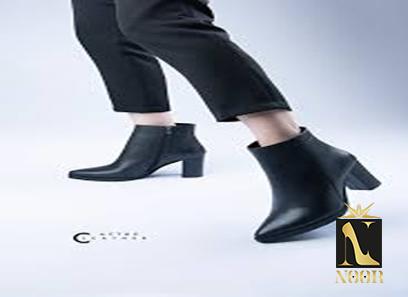 It is known for its strength, water resistance, and breathability. Over time, full-grain leather develops a beautiful patina that enhances its unique appeal. b. Top-Grain Leather: Similar to full-grain, top-grain leather is also derived from the top layer of the hide. However, it is sanded and buffed to remove imperfections, resulting in a smoother and more uniform appearance. Top-grain leather is often treated with pigments or dyes, making it more resistant to stains and easier to maintain. c. Patent Leather: Ideal for dressier occasions, patent leather is produced by applying a high-gloss finish to the surface of the leather. This type of leather is known for its distinct shine and is commonly used in boots to add a touch of elegance and sophistication to any outfit. d. Nubuck Leather: Made from the outer side of the hide, nubuck leather is sanded or buffed to create a velvety texture. It is known for its softness and luxurious feel.
It is known for its strength, water resistance, and breathability. Over time, full-grain leather develops a beautiful patina that enhances its unique appeal. b. Top-Grain Leather: Similar to full-grain, top-grain leather is also derived from the top layer of the hide. However, it is sanded and buffed to remove imperfections, resulting in a smoother and more uniform appearance. Top-grain leather is often treated with pigments or dyes, making it more resistant to stains and easier to maintain. c. Patent Leather: Ideal for dressier occasions, patent leather is produced by applying a high-gloss finish to the surface of the leather. This type of leather is known for its distinct shine and is commonly used in boots to add a touch of elegance and sophistication to any outfit. d. Nubuck Leather: Made from the outer side of the hide, nubuck leather is sanded or buffed to create a velvety texture. It is known for its softness and luxurious feel.
…
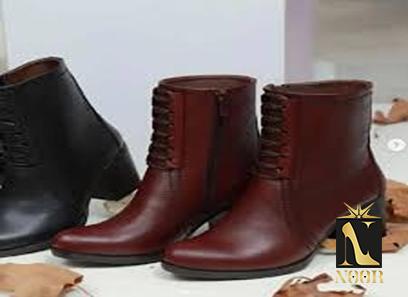 While nubuck leather is not as resistant to water and stains as other types, it offers a unique aesthetic that many find appealing. e. Suede Leather: Like nubuck, suede leather is made from the inner side of the hide, creating a durable but soft material with a slightly textured surface. While suede may be more susceptible to staining and water damage, it offers a luxurious and sophisticated look that is often associated with high-end fashion. 3. Care and Maintenance: Making Your Leather Boots Last To ensure your genuine leather boots stay in top-notch condition for years to come, it is essential to follow proper care and maintenance practices. Here are a few tips to keep in mind: a. Protecting and Conditioning: Before wearing your new leather boots for the first time, consider applying a leather protector to create a barrier against water, dirt, and stains. Additionally, regular conditioning with a high-quality leather conditioner will keep the leather soft, supple, and prevent it from drying out or cracking. b. Cleaning: When it comes to cleaning leather boots, it’s crucial to use products specifically designed for leather care. Start by brushing off any loose dirt or debris with a soft-bristle brush, then wipe the surface with a damp cloth.
While nubuck leather is not as resistant to water and stains as other types, it offers a unique aesthetic that many find appealing. e. Suede Leather: Like nubuck, suede leather is made from the inner side of the hide, creating a durable but soft material with a slightly textured surface. While suede may be more susceptible to staining and water damage, it offers a luxurious and sophisticated look that is often associated with high-end fashion. 3. Care and Maintenance: Making Your Leather Boots Last To ensure your genuine leather boots stay in top-notch condition for years to come, it is essential to follow proper care and maintenance practices. Here are a few tips to keep in mind: a. Protecting and Conditioning: Before wearing your new leather boots for the first time, consider applying a leather protector to create a barrier against water, dirt, and stains. Additionally, regular conditioning with a high-quality leather conditioner will keep the leather soft, supple, and prevent it from drying out or cracking. b. Cleaning: When it comes to cleaning leather boots, it’s crucial to use products specifically designed for leather care. Start by brushing off any loose dirt or debris with a soft-bristle brush, then wipe the surface with a damp cloth.
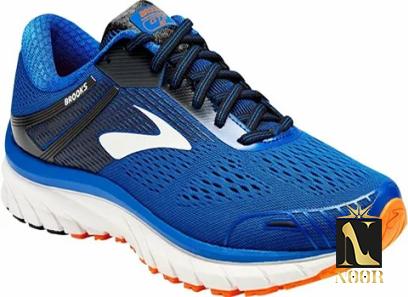
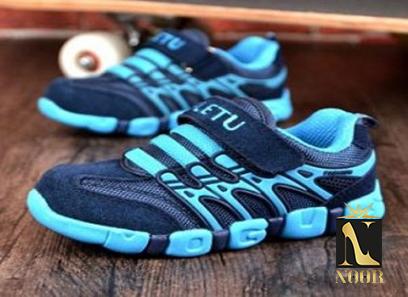
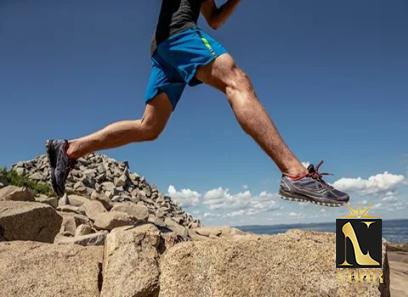

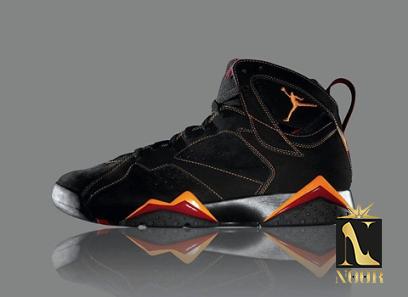
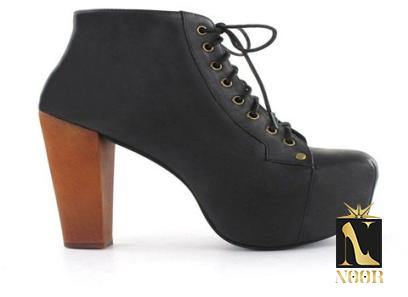
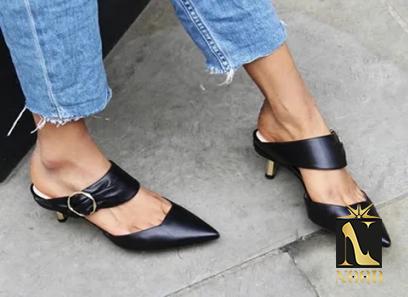
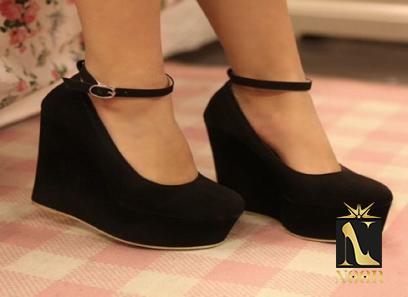

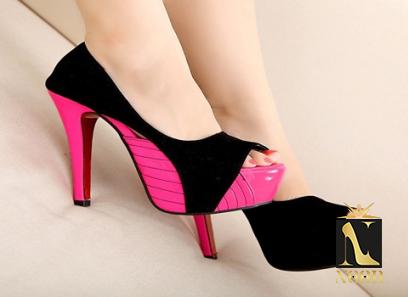
Your comment submitted.